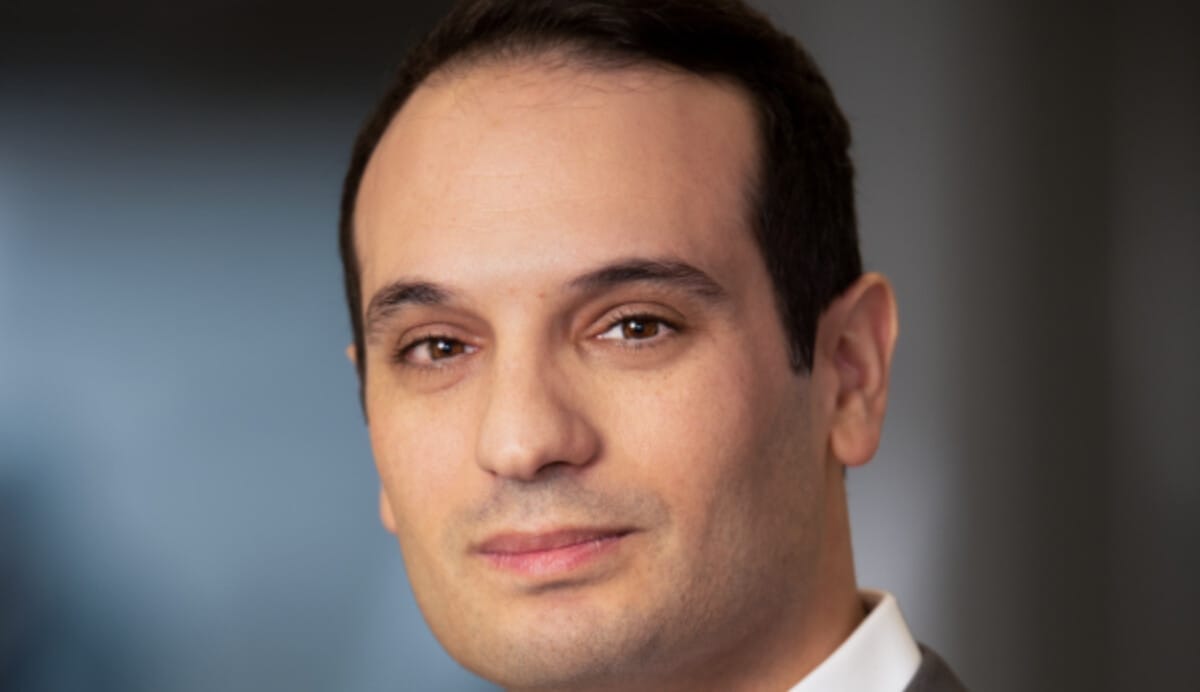A recent investment by APG, the €517 billion Dutch asset manager, in a Woman’s Livelihood Bond that provides access to capital for women entrepreneurs in Asia and Africa provides a compelling alternative to emerging market corporate and sovereign debt or DFI issuance.
The strategy also offers a window into how APG’s responsible investment strategy has evolved to incorporate impact – in this case advancing SDG 5 and 13, a nexus of gender equity and climate action respectively. APG began integrating the SDGs in 2015 following requests from its major client pension fund ABP whose beneficiaries work in the government and education sectors. and targets 20 per cent of its AUM in the SDGs.
Singapore-based IIX, Impact Investment Exchange, manages and oversees the loan disbursements to portfolio companies – the underlying borrowers – and is a corporate issuer itself. But APG’s $30 million investment is lower risk than typical emerging market corporate debt because it has developed market government-backed guarantees.
The underlying corporates have similar default probabilities of emerging market corporates, but with the prospect of much higher debt recovery rates, due to the participation of DFIs.
“IIX secured a government-backed partial guarantee from the Swedish International Development Cooperation Agency (Sida), as well as support from the U.S. International Development Finance Corporation (DFC). That lowers the risk for investors compared to other emerging market corporates,” explains APG senior credit analyst and sustainability lead, Joshua Linder.
The investment also has relatively low volatility and little correlation with highly liquid credit investments in public markets. The bond priced with an annual coupon of 7.25 per cent.
In another facet of the strategy, it is easier to direct impact in this kind of structure compared to broad-brush emerging market investments.
“During our due diligence, we profiled each of the portfolio companies to ensure that the expected end beneficiaries align with client impact priorities. We also reviewed IIX’s historical track record for impact reporting, which includes surveys with representative samples of end beneficiaries. The detailed impact reporting – both from a quantitative and qualitative perspective – gives us further confidence,” says Linder.
Monitoring impact is one of the most complex challenges for impact investors. But APG responsible investment credit analyst, Lee Anne Hagel is impressed with IIX’s track record when it comes to reporting.
“As investors in this bond, it is crucial that we have transparency – detailed information on the activities our investment is funding and what is achieved in concrete terms. IIX uses pre-determined financial and social metrics, collects input from the end beneficiaries, and proactively verifies the impact data. In addition to annual financial reporting, we will also receive semi-annual impact reports on the individual borrowers we are lending to and on our investment as a whole,” she says.
Sustainability and digitisation are overarching themes shaping APG’s investment strategy, visible in a Sustainable Development Investment (SDI) Asset Owner Platform, driven by AI technology. The platform, launched in 2020, is designed to deliver on the SDGs and support positive outcomes. It has been created by investors for investors, and is shaped around innovation and cooperation.
Developed together with PGGM, the platform sifts through reams of structured and unstructured data to gauge the extent to which companies’ products and activities meet the SDGs.
The platform scores companies’ products and services rather than corporate conduct, the traditional ESG lens. Enthusiasts argue that SDG scores are better at integrating impact. For example, research shows that some companies with poor SDG scores can secure good ESG scores and ESG ratings can struggle to reflect positive impacts.
Meanwhile other investors like Bridgewater are increasingly incorporating risk, return and impact in a three dimensional model.



